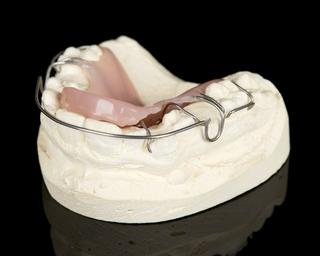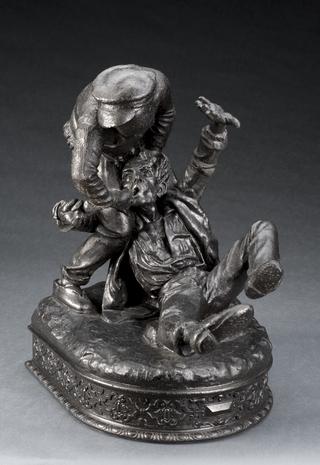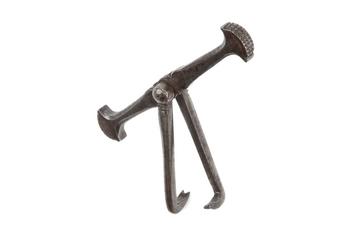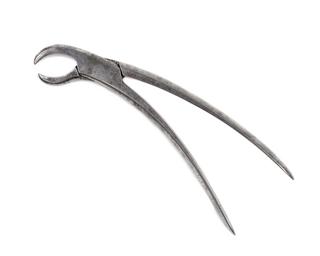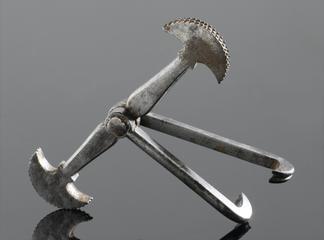




Three tubes of 'F-tablets', Novocain tablets for dental local anaesthetic, by the Saccharin Corporation Ltd., 72 Oxford Street, London, W1, England, 1925-1940.
In the 1880s, before it was made illegal, cocaine was a popular choice for local pain relief. Administered by injection to numb specific parts of the body, surgeons were able to operate on patients while they were awake.
Novocain or procaine is a chemical cousin of cocaine. Developed in 1905, by Alfred Einhorn (1856-1917) it is not addictive like cocaine. The name 'novocain' is partly form the Latin for new (nov) and caine was a common name for chemicals known as alkaloids used as anaesthetics. Novocain's action is for very short periods of time. Heinrich Braun (1862-1934), a German surgeon was the first to use it in 1905.
The tablets are prepared into a solution that is then injected.
Details
- Category:
- Dentistry
- Object Number:
- 1982-197/22
- Materials:
- tube, glass and stopper, cork
- type:
- tubes
- credit:
- Fielder, Dudley H
